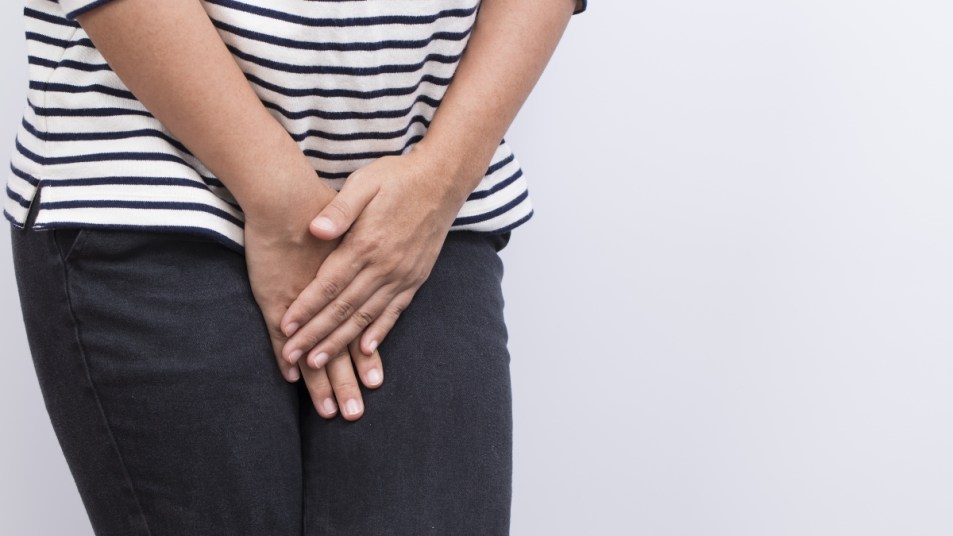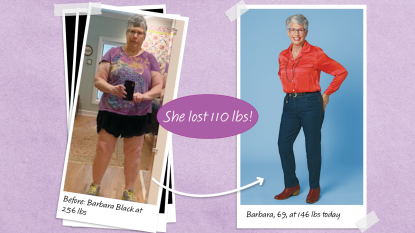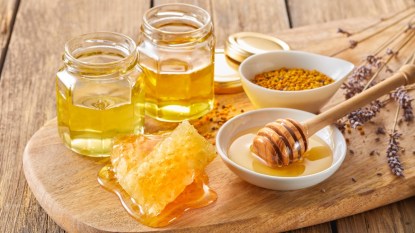Yeast Infections Bringing You Down? Try These 3 Easy Tips for Relief
You deserve to feel better.

Yeast infections aren’t just a summer concern — cozy clothing can create an environment where yeast thrives. Since symptoms such as redness, irritation, itching, and burning mimic other vaginal problems, you’ll want to get an official diagnosis from your doctor before pursuing treatment. Once you know it’s a yeast infection, these steps can bring relief and help to prevent it from happening again.
What is a yeast infection?
Your body contains strains of fungus in several places — as it should. Candida, one of the “good bacterias,” is a type of yeast that exists in your gut, mouth, and vagina. When the good bacteria becomes outweighed by the bad kind, due to a weakened immune system, pregnancy, antibiotics, or other medications, you can get a yeast infection. Other factors that may cause an infection are using vaginal deodorant, scented tampons, and not changing out of wet bathing suits or sweaty clothing for an extended period of time. Yeast infections are uncomfortable, but relatively common, with 75 percent of women having them at least once in their lifetime.
How do I know if it’s a yeast infection?
The most common time to get a yeast infection is between puberty and menopause, says Cleveland Clinic. Some symptoms include:
- A burning sensation during urination
- Redness and swelling of the vulva
- Itching and burning
- Thick, white discharge
- Pain during intercourse
- Cracked, fragile vulva skin
In order to determine whether or not you have a yeast infection, make an appointment with your healthcare provider. They will take your symptoms into account and likely perform a physical exam.
To help cure an infection… Try Boric Acid
When you’re diagnosed with a yeast infection, it’s important to follow your doctor’s prescribed care plan. Ask her if boric acid could help you heal. A study in the Journal of Women’s Health found inexpensive, antifungal boric acid suppositories that can be inserted directly into the vagina may help cure yeast infections. Boric acid disrupts the growth of yeast, and it even fights strains that become more resistant to conventional treatments. Keep in mind that boric acid is toxic when taken orally (these suppositories are for vaginal insertion only!). Talk to your doctor before trying this method.
To prevent an infection… Eat Chicken Parm
Chicken’s vitamin B-3 reduces the body’s number of infection-causing C. albicans cells. This may keep levels of the harmful yeast in check so it doesn’t cause an infection. Research from the University of Montreal says B-3 can even fight other strains of candida that are otherwise hard to treat, potentially lowering your risk further. Just 3.5 ounces of chicken breast contains a large portion of your daily vitamin B-3 needs.
To block recurrences… Try Boosting the ‘Good Guys’
Once you’ve gotten rid of a yeast infection, the last thing you want is to become reinfected. But as it turns out, many women experience recurring yeast infections. Increasing the amount of “good bacteria” in your system may lessen your chances of reinfection. In 2015, scientists found that many women with recurrent yeast infections who took a probiotic strain called Lactobacillus rhamnosus daily remained infection-free for a long time afterward. Ask your doctor about a supplement, like NOW Women’s Probiotic (Buy from Walmart, $17.45).
To promote a healthy pH balance… Soak this way
Adding ¼ cup of baking soda to your bath and soaking for 20 minutes one to two times a week might help bring the vagina’s pH into balance and can also relieve some of the symptoms of an existing yeast infection (like itching, burning, or swelling). A recent study found that baking soda may kill existing C. albicans cells while creating an environment where yeast can’t grow in the future.
This content is not a substitute for professional medical advice or diagnosis. Always consult your physician before pursuing any treatment plan.
A version of this article originally appeared in our print magazine, Woman’s World.













